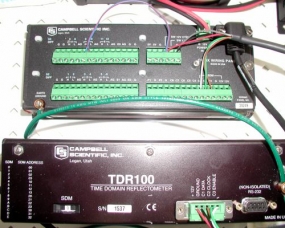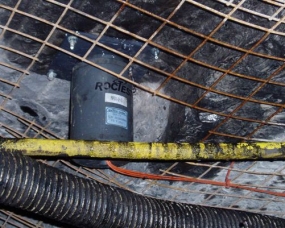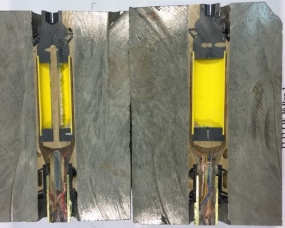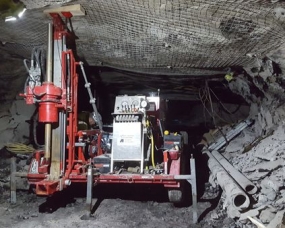7th International Conference on Ground Control in Mining, 3–5 August 1988
Authors: H. N. Maleki and J. F. T. Agapito (AAI), and M. Moon (Utah Power & Light Company)
Extensive measurements and underground observations in three Western U.S. coal mines are integrated in this paper to determine in-situ pillar load-deformation characteristics for narrow (30-ft-wide, 80-ft-long) pillars in two-entry gate road systems. In spite of similarities in the regional geology, coal pillar laboratory mechanical properties and gate pillar geometries, the pillar peak strength, post-failure behavior, and failure mechanism were shown to be significantly different. Pillar peak strength was shown to be dependent on depth at one site, approaching burst-prone stress levels of 4000 psi. At another site, the pillar peak strength was lower because of lower confinement; this was related to the higher frequency of cleats and the lower frictional properties of the roof/floor and coal contact. Two failure mechanisms were identified — one in the pillar, and the other in the mine floor. The roof stability was good at all three sites because of the thick-bedded nature of the roof strata and limited total gate span in a two-entry system. Existing pillar design techniques were shown to be inadequate for design, requiring adjustments for depth of cover, cleat frequency, and roof/floor frictional properties.







